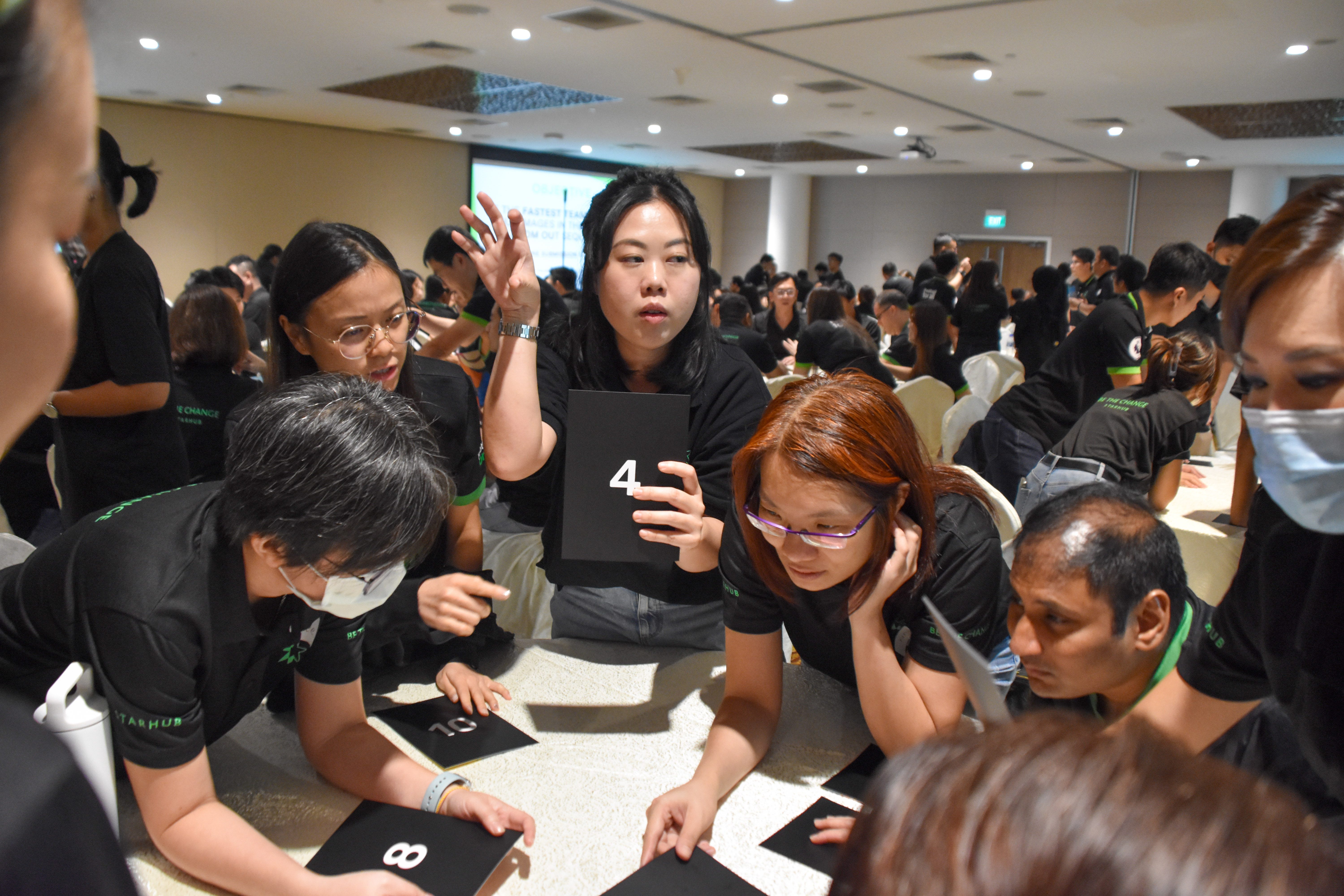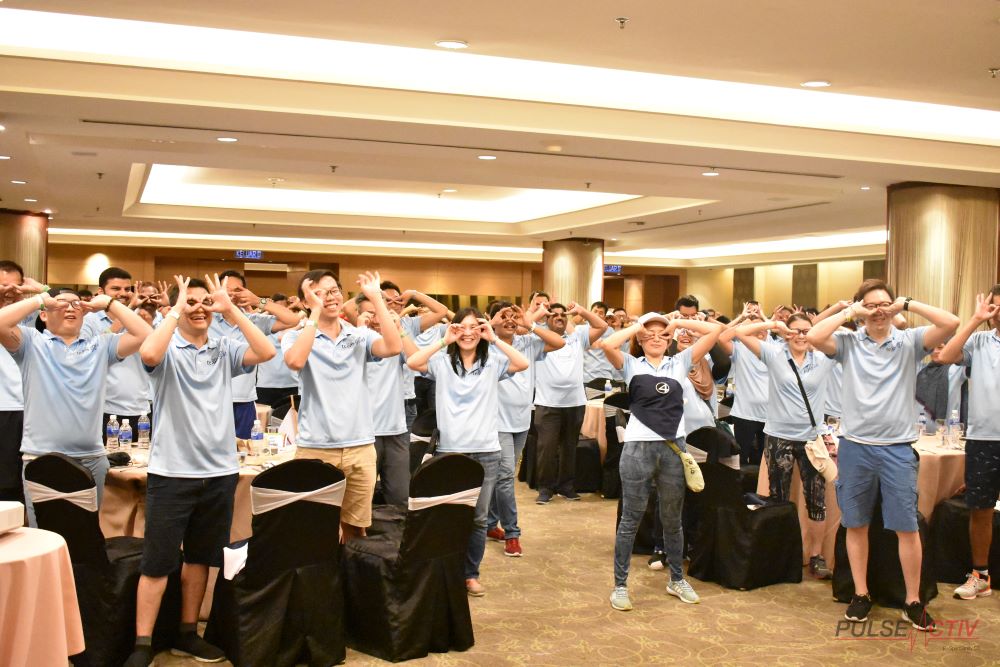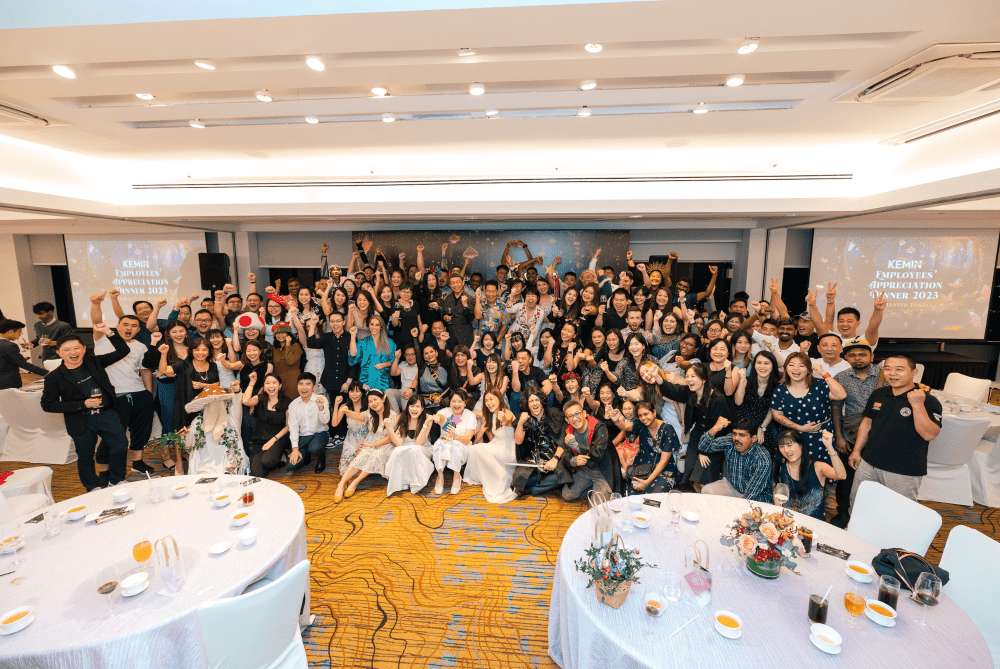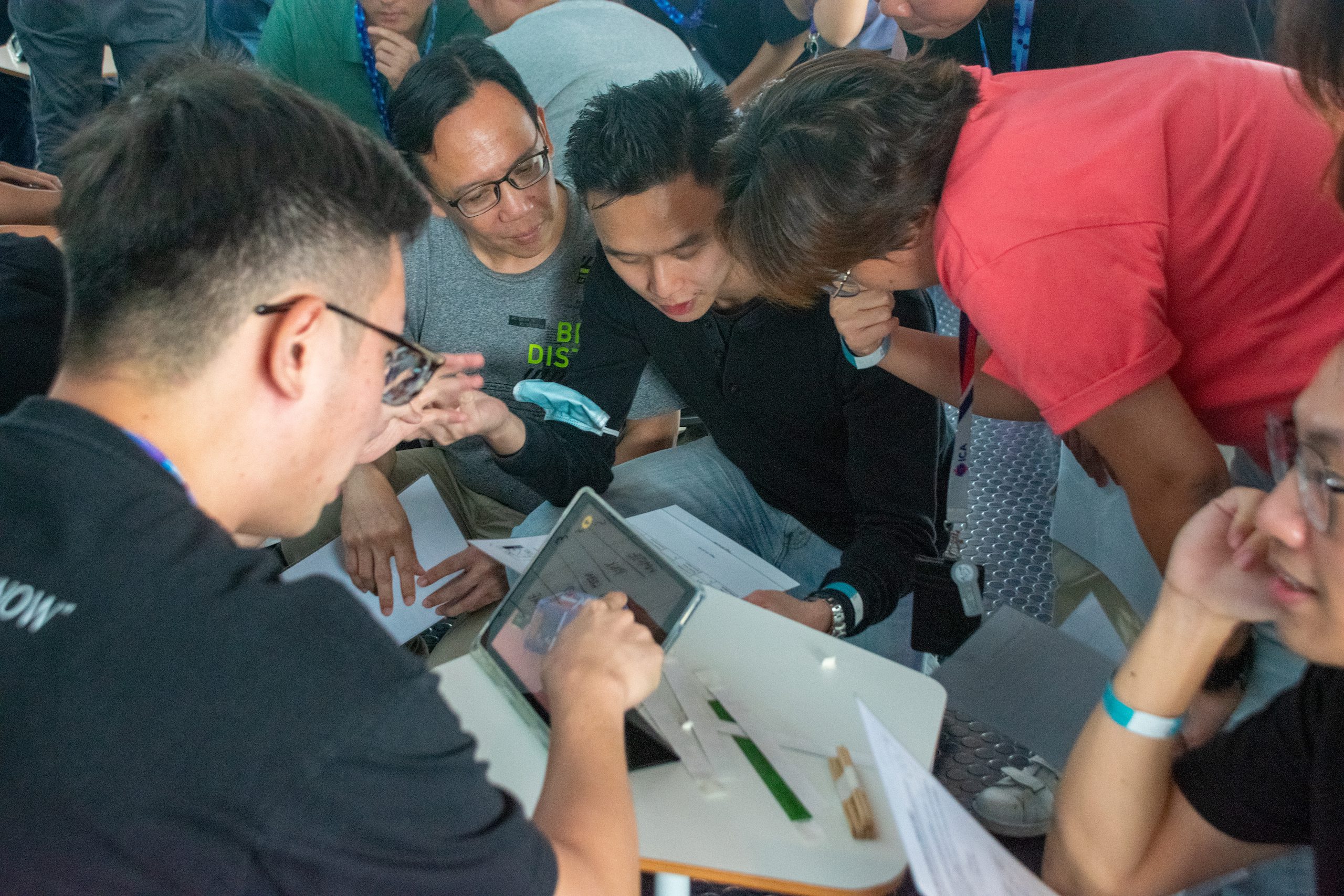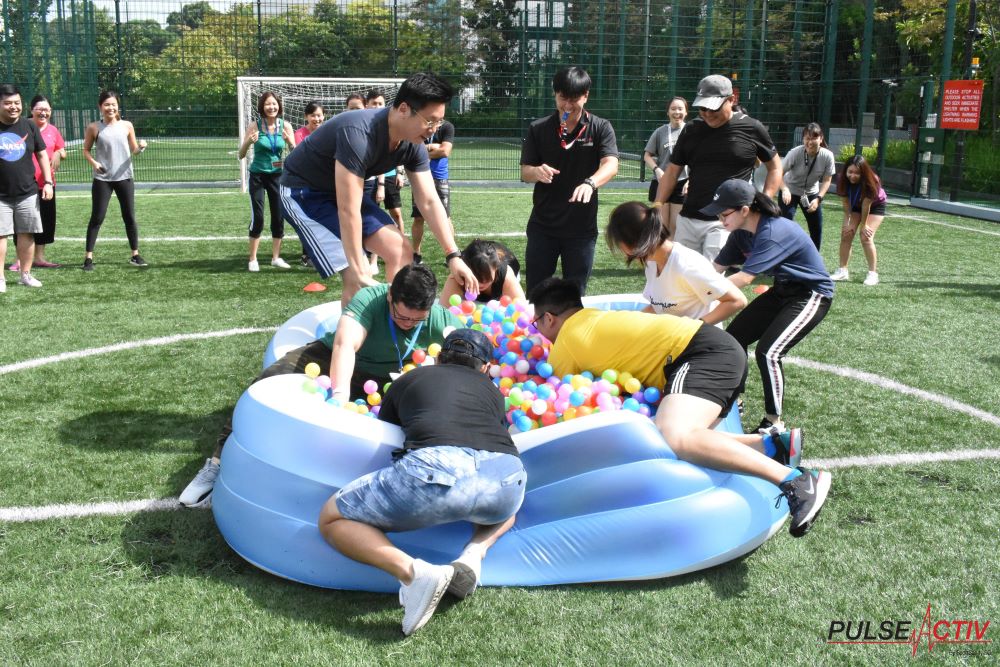Is Cybersecurity a Real Concern Today?
In today’s digital age, the question of whether cybersecurity is a real concern is not just relevant but pressing. As technology continues to advance and integrate into every facet of our lives, the potential risks associated with cybersecurity become more pronounced. Here’s why cybersecurity is indeed a significant concern today:
1. Increasing Frequency of Cyber Attacks
Cyber attacks have become more frequent and sophisticated. High-profile breaches involving major companies, government agencies, and financial institutions make headlines regularly. From ransomware attacks to data breaches, cybercriminals are continually evolving their tactics, which means organizations and individuals must stay vigilant and proactive.
2. Financial Impact of Cyber Crime
The financial repercussions of cybercrime are staggering. According to estimates, global cybercrime costs are projected to reach trillions of dollars annually. This includes direct costs like ransom payments and indirect costs such as reputational damage, legal fees, and the loss of consumer trust. Businesses are especially vulnerable, as even a single incident can lead to significant financial losses.
3. Personal Privacy at Risk
With the proliferation of personal devices and online services, individuals are more exposed than ever to privacy breaches. Personal data, including sensitive information like Social Security numbers and financial details, is a prime target for hackers. The consequences of identity theft and personal data breaches can be long-lasting and damaging.
4. Vulnerabilities in Emerging Technologies
As technology evolves, so do its vulnerabilities. Emerging technologies such as the Internet of Things (IoT), artificial intelligence (AI), and cloud computing introduce new potential entry points for cyber attacks. While these technologies offer numerous benefits, they also come with increased security risks that need to be managed.
5. Evolving Regulatory Landscape
Governments around the world are implementing stricter regulations and compliance requirements related to cybersecurity. Regulations like the General Data Protection Regulation (GDPR) and the California Consumer Privacy Act (CCPA) impose significant obligations on organizations to protect data and report breaches. Non-compliance can result in severe penalties and legal consequences.
6. Increasing Targeting of Critical Infrastructure
Cyber attacks targeting critical infrastructure, such as power grids, water supplies, and transportation systems, have raised alarms about national security. Such attacks can disrupt essential services, leading to widespread public safety risks and economic damage. Ensuring the security of these vital systems is paramount for maintaining societal stability.
7. The Rise of Sophisticated Cyber Threats
Cyber threats are becoming increasingly sophisticated. Attack methods such as phishing, spear-phishing, and advanced persistent threats (APTs) use refined techniques to exploit vulnerabilities and gain unauthorized access. These sophisticated threats can bypass traditional security measures, making it crucial for organizations to adopt advanced security solutions.
8. The Human Factor
Human error remains a significant factor in cybersecurity breaches. Weak passwords, lack of awareness, and careless handling of sensitive information can lead to security vulnerabilities. Training and educating employees about cybersecurity best practices are essential in mitigating these risks.
9. Growing Complexity of IT Environments
Modern IT environments are becoming more complex, with numerous interconnected systems and devices. This complexity can create additional security challenges, as vulnerabilities in one part of the network can potentially compromise the entire system. Managing and securing such complex environments requires comprehensive strategies and continuous monitoring.
10. The Need for Continuous Improvement
Cybersecurity is not a one-time fix but an ongoing process. As threats evolve, so must security measures. Organizations need to invest in regular updates, patches, and security enhancements to stay ahead of potential threats. A proactive approach to cybersecurity, including regular assessments and incident response planning, is critical for minimizing risks.
Conclusion
In conclusion, cybersecurity is indeed a real and pressing concern in today’s digital landscape. The increasing frequency of cyber attacks, the financial impact of cybercrime, the risks to personal privacy, and the vulnerabilities introduced by emerging technologies all underscore the importance of robust cybersecurity measures. As technology continues to advance, maintaining strong cybersecurity practices is essential for protecting data, safeguarding personal information, and ensuring the stability of critical infrastructure.
To head back to read another article in our blog, click here.
